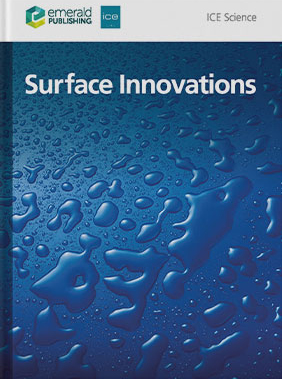
Surface Innovations
Types of submissions for Surface Innovations
The ICE Publishing electronic submission system accepts the following article categories for Surface Innovations:
- Invited Feature Articles
- Innovation Letters
- Original Research
- Expert Opinion
- Discussion Comments
- Themed Issue
Please visit https://ice-review.rivervalley.io/journal/jsuin to submit your paper.
Original Research (max. 5,000 words*)
An original report of primary research, detailing techniques and approaches and the work’s contribution to the field. There are two sub-categories of research articles: i) original scientific accounts that address problems and questions relevant to surfaces and interfaces; ii) original engineering innovations describing fabrication and characterization of novel, functional, and/or responsive surfaces.
Invited Feature Articles (max. 7,000 words)
State-of-the-art reviews with an up-to-date summary of knowledge on a particular subject or issue in the field of surfaces/interfaces and representing an overview of recent developments. These articles are written by experts in a field who have made important contributions to a specific topic in recent years who are invited by the Editor-in-Chief and/or Associate Editors.
Researchers who are not invited but are willing to prepare such a contribution are encouraged to email a one-page proposal for an Invited Feature Article to the Editor-in-Chief for consideration.
Innovation Letters (max. 3,000 words)
These are brief reports of significant, original and timely research results on the science and engineering of surfaces or interfaces, detailing preliminary results and warranting rapid publication. Also includes technical notes, relating to the latest technological, experimental or methodological developments within the authors field and should refer to the intended application. These letters will undergo a regular review process.
This category will also include:
Intriguing Innovation or Intriguing Phenomenon
Emphasizing papers that present intriguing observations and innovations, even if they are not complete pieces of scientific/engineering art and difficult to explain or implement.
Expert Opinion (max. 3,000 words)
Three types of contributions are considered: 1) Practical guides on experimental methods and protocols related to surface characterizations; and 2) Critical analysis of terminology used in surface/interfacial science; and 3) Critical analysis of research directions and interpretations in surface/interfacial science.
Through invited contributions, the journal offers scientific definitions combined with practical recommendations in an effort to combat misconceptions, abuses and misuses of surface chemistry terminology as well as growing misunderstanding and confusion among surface chemistry researchers working around the globe.
These articles are written by the Editorial Board members and other experts in a field who have made important contributions to a specific topic in recent years, and who are invited by the Editor-in-Chief and/or Associate Editors. These editors together with selected Editorial Board members will make a determination on fast publication of the opinion.
Researchers who are not invited but are willing to prepare such a contribution are encouraged to email a brief proposal for an Expert Opinion to the Editor-in-Chief for consideration.
Discussion comments (max. 1,000 words)
Brief responses to articles published in Surface Innovations. It should be a respectful presentation of alternative points of view, which also directs to errors in the published article(s).
The authors of the original Article will be offered the opportunity to submit a response.
Themed Issue (max. 6,000 words)
Only articles invited by the guest editors and editors of special issues can be submitted under this category.
* The word count exceeding this limit should be discussed with the journal editor.
-
Editor-in-Chief
-
Jaroslaw
Drelich
Michigan Technological University - USA
-
Jaroslaw
Drelich
-
Associate Editor
-
Ludmila
Boinovich
Frumkin Institute of Physical Chemistry and Electrochemistry - Russia
-
Ziqi
Sun
Queensland University of Technology - Australia
-
Ludmila
Boinovich
-
Editorial Board
-
Alidad
Amirfazli
York University - Canada
-
Andrej
Atrens
University of Queensland - Australia
-
Ali
Atta
Jouf University - Saudi Arabia
-
Reza
Bakhsheshi-Rad
Islamic Azad University - Iran
-
Edward
Bormashenko
Ariel University - Israel
-
Manoj
Chaudhury
Lehigh University - USA
-
Emil
Chibowski
Maria Curie-Sklodowska University - Poland
-
Claudio
Della Volpe
University of Trento - Italy
-
Kirill
Efimenko
NC State University - USA
-
Alexandre M
Emelyanenko
Russian Academy of Sciences - Russia
-
Bora
Garipcan
Bogacizi University - Turkey
-
Vladimir
Hlady
University of Utah - USA
-
Yun Hang
Hu
Michigan Technological University - USA
-
Ahmad Fauzi
Ismail
Universiti Teknologi Malaysia
-
Mietek
Jaroniec
Kent State University - USA
-
Lei
Jiang
The Institute of Chemistry - P.R. China
-
Youhua
Jiang
Guangdong Technion-Israel Institute of Technology - P.R. China
-
Ravi
Kumar
Indian Institute of Technology Madras - India
-
Ji
Liang
University of Wollongong - Australia
-
Sakil
Mahmud
Lincoln University - USA
-
Abraham
Marmur
Technion – Israel Institute of Technology - Israel
-
Masoud
Mozafari
Iran University of Medical Sciences
-
Michael
Nosonovsky
University of Wisconsin - USA
-
Seeram
Ramkrishna
National University of Singapore
-
Mohammed Reza
Saeb
Gdansk University of Technology - Poland
-
Neil
Shirtcliffe
Rhine-Waal University of Applied Sciences - Germany
-
Nico
Voelcker
Monash University - Australia
-
Piotr
Warszynski
J Haber Institute of Catalysis and Surface Chemistry - Poland
-
Jonas
Weissenrieder
KTH Royal Institute of Technology - Sweden
-
Lei
Zhang
University of Alaska - USA
-
Qi
Zhao
University of Dundee - United Kingdom
-
Alidad
Amirfazli
-
Commissioning Editor
-
Becky
Rivers
Emerald Publishing - UK
[email protected]
-
Becky
Rivers
-
Journal Editorial Office (For queries related to pre-acceptance)
-
Sonali
Ghegadmal
[email protected]
-
Sonali
Ghegadmal
-
Supplier Project Manager (For queries related to post-acceptance)
-
Dhanashree
Koli
Emerald Publishing - India
[email protected]
-
Dhanashree
Koli
Citation metrics
5.8
CiteScore 2023
5.8
CiteScore 2023
Further information
CiteScore is a simple way of measuring the citation impact of sources, such as journals.
Calculating the CiteScore is based on the number of citations to documents (articles, reviews, conference papers, book chapters, and data papers) by a journal over four years, divided by the number of the same document types indexed in Scopus and published in those same four years.
For more information and methodology visit the Scopus definition
5.7
CiteScore Tracker 2024
(updated monthly)
5.7
CiteScore Tracker 2024
(updated monthly)
Further information
CiteScore is a simple way of measuring the citation impact of sources, such as journals.
CiteScore Tracker is calculated in the same way as CiteScore, but for the current year rather than previous, complete years.
The CiteScore Tracker calculation is updated every month, as a current indication of a title's performance.
For more information and methodology visit the Scopus definition
2.70
2023 Impact Factor
2.70
2023 Impact Factor
Further information
The Journal Impact Factor is published each year by Clarivate Analytics. It is a measure of the number of times an average paper in a particular journal is cited during the preceding two years.
For more information and methodology see Clarivate Analytics
2.5
5-year Impact Factor (2023)
2.5
5-year Impact Factor (2023)
Further information
A base of five years may be more appropriate for journals in certain fields because the body of citations may not be large enough to make reasonable comparisons, or it may take longer than two years to publish and distribute leading to a longer period before others cite the work.
Actual value is intentionally only displayed for the most recent year. Earlier values are available in the Journal Citation Reports from Clarivate Analytics.
Publication timeline
Time to first decision
5
days
Time to first decision
5
days
Further information
Time to first decision, expressed in days, the "first decision" occurs when the journal’s editorial team reviews the peer reviewers’ comments and recommendations. Based on this feedback, they decide whether to accept, reject, or request revisions for the manuscript.
Data is taken from submissions between 1st January 2023 and 31st December 2023
Acceptance to publication
5
days
Acceptance to publication
5
days
Further information
Acceptance to publication, expressed in days, is the average time between when the journal’s editorial team decide whether to accept, reject, or request revisions for the manuscript and the date of publication in the journal.
Acceptance rate
23
%
Acceptance rate
23
%
Further information
The acceptance rate is a measurement of how many manuscripts a journal accepts for publication compared to the total number of manuscripts submitted expressed as a percentage %
Data is taken from submissions between 1st January 2023 and 31st December 2023.
Indexing and metrics content displayed here
Novel research into improvements and applications of surfaces and surface coatings.
eISSN: 2050-6260
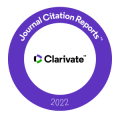






Aims and scope
The material innovations on surfaces, combined with understanding and manipulation of physics and chemistry of functional surfaces and coatings, have exploded in the past decade at an incredibly rapid pace.
Superhydrophobicity, superhydrophlicity, self-cleaning, self-healing, anti-fouling, anti-bacterial, etc., have become important fundamental topics of surface science research community driven by curiosity of physics, chemistry, and biology of interaction phenomenon at surfaces and their enormous potential in practical applications. Materials having controlled-functionality surfaces and coatings are important to the manufacturing of new products for environmental control, liquid manipulation, nanotechnological advances, biomedical engineering, pharmacy, biotechnology, and many others, and are part of the most promising technological innovations of the twenty-first century.
Awards: Each year, the paper rated best by the Editor will be given the prestigious Surface Innovations Prize.
| Year awarded | Paper title |
|---|---|
| 2023 | Antimicrobial performance of silver–copper–zeolite microparticle-treated organic cotton fabric using versatile methods (Surface Innovations Prize) |
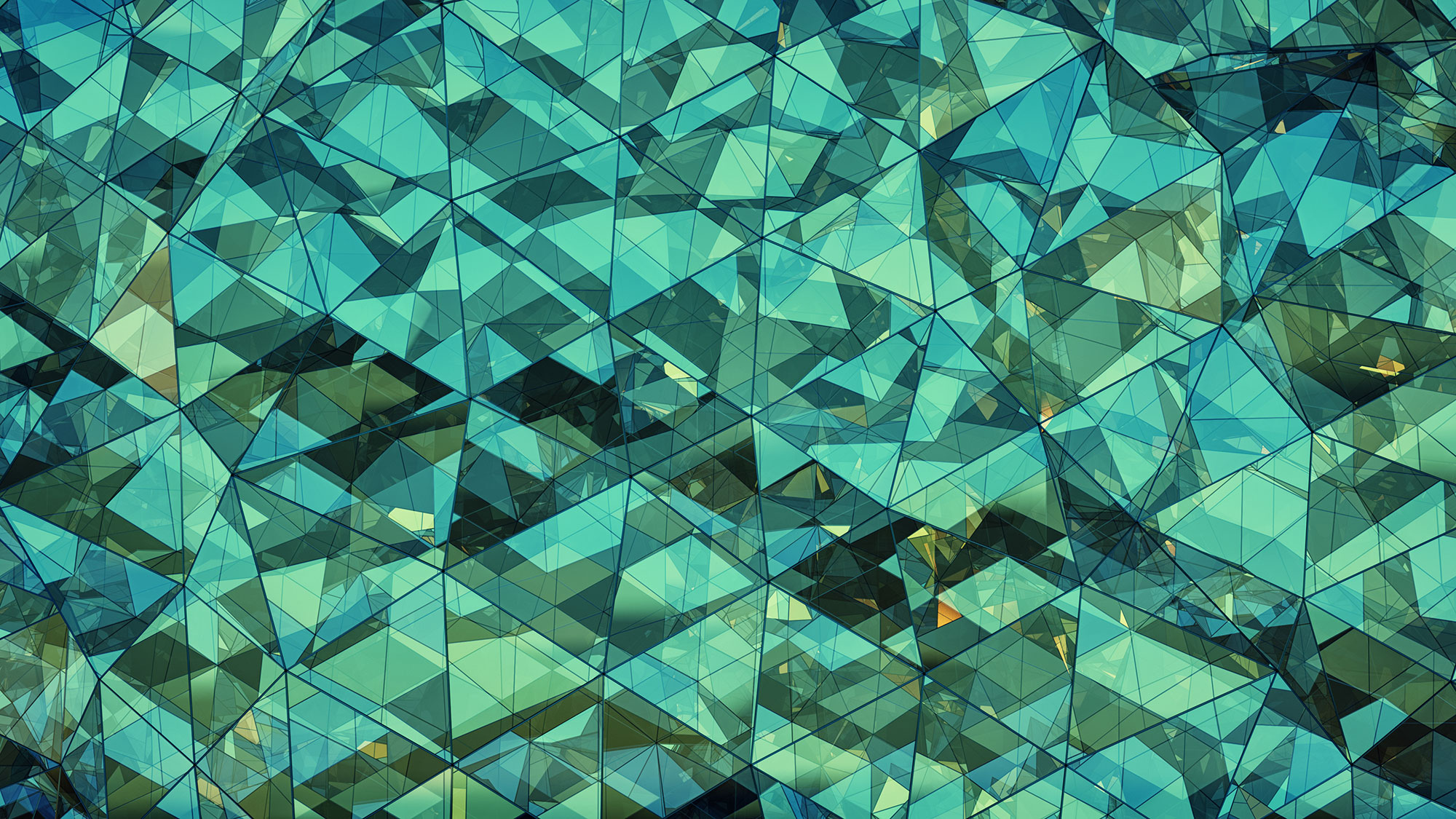
This title is aligned with our sustainable structures and infrastructures goal
We recognise the transformative power of sustainable engineering, design and building practices in creating a world where our planet and its inhabitants can thrive.
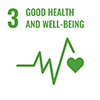
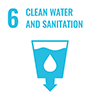
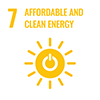
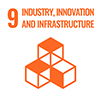
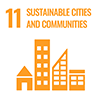
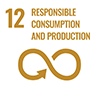
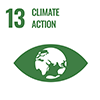
Related Journals
These journals are part of our ICE Science titles. Explore our ICE Publishing journals collection to find out more.
Green Materials
Papers on polymers and materials reducing the use of hazardous substances in products.
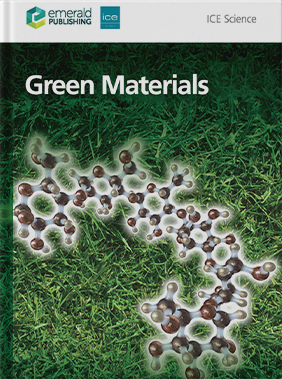
Bioinspired, Biomimetic and Nanobiomaterials
Papers on the promising area of research within biomimicry and nanobiomaterials.
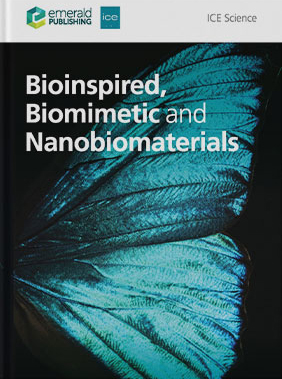
Nanomaterials and Energy
Papers exploring the various aspects of nanomaterials and their applications in energy.
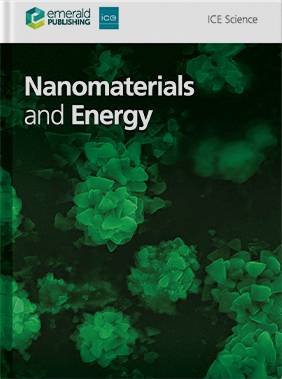
Emerging Materials Research
Covering materials process, structure, properties and performance at the macro micro and nanoscale.
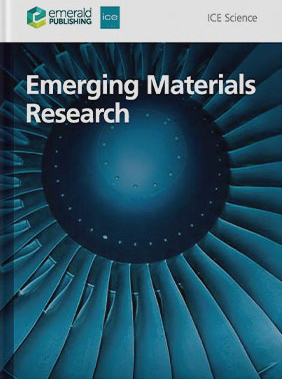
Related Journals
Discover our ICE Publishing journals collection and Emerald Engineering subject area titles.
Green Materials
Papers on polymers and materials reducing the use of hazardous substances in products.

Bioinspired, Biomimetic and Nanobiomaterials
Papers on the promising area of research within biomimicry and nanobiomaterials.

Emerging Materials Research
Covering materials process, structure, properties and performance at the macro micro and nanoscale.

Nanomaterials and Energy
Papers exploring the various aspects of nanomaterials and their applications in energy.
